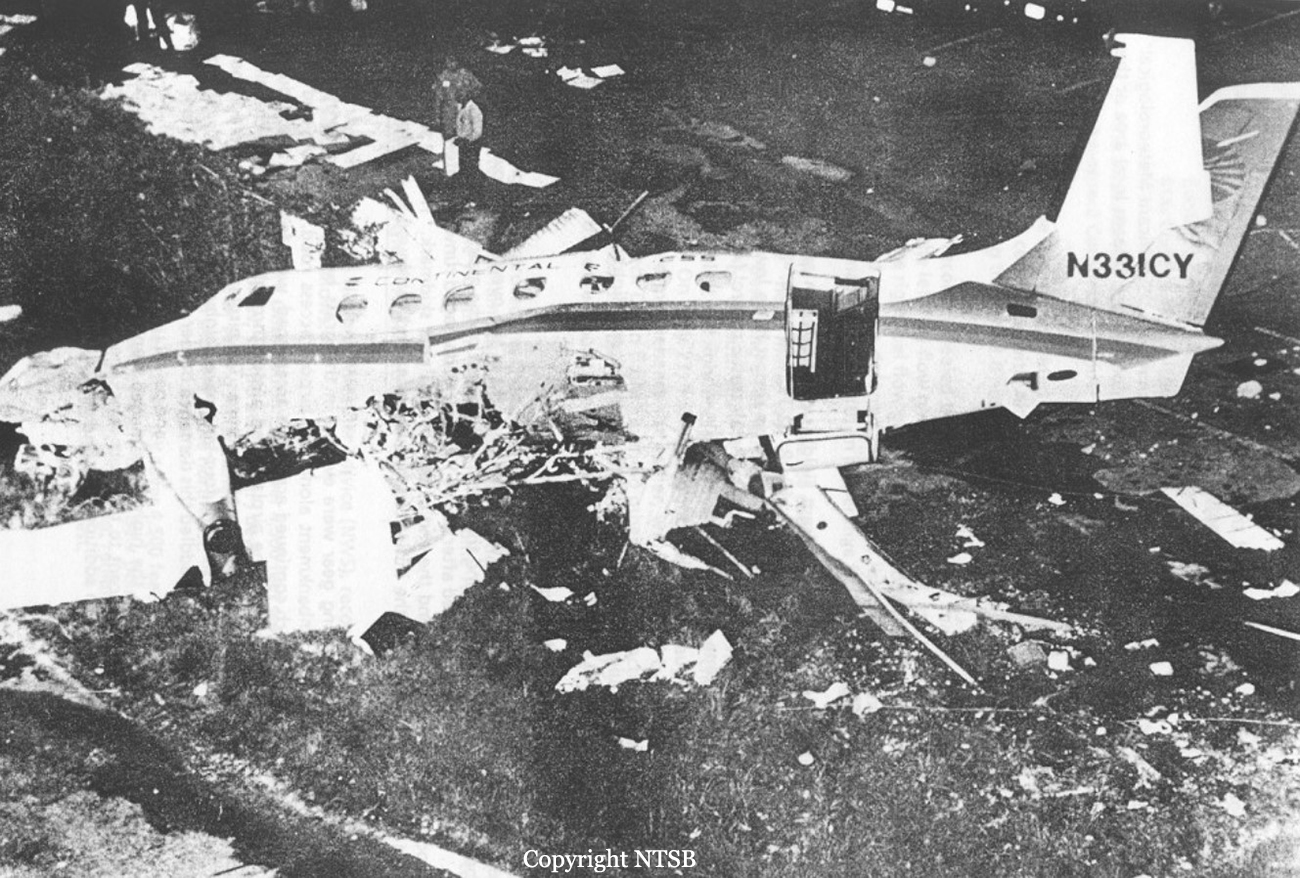Crash of a BAe 3101 Jetstream 31 in Pasco: 6 killed
Date & Time:
Dec 26, 1989 at 2230 LT
Registration:
N410UE
Survivors:
No
Schedule:
Spokane – Yakima – Pasco
MSN:
776
YOM:
1987
Flight number:
UA2415
Crew on board:
2
Crew fatalities:
Pax on board:
4
Pax fatalities:
Other fatalities:
Total fatalities:
6
Captain / Total hours on type:
670.00
Copilot / Total hours on type:
213
Aircraft flight hours:
4972
Aircraft flight cycles:
7168
Circumstances:
During arrival for an ILS runway 21R approach, the aircraft encountered icing conditions for about 9-1/2 minutes. As the aircraft was vectored for the approach, the Seattle ARTCC controller used an expanded radar range and did not provide precise positioning of the aircraft to the final approach course. The flight crew attempted to continue on a steep, unstabilized approach for a landing. Recorded radar data showed that the aircraft was well to the right of the ILS course line and well above the glide slope as it passed the outer marker/final approach fix (faf). It did not intercept the localizer course until it was about 1.5 mile inside the faf. Also, it was still well above the ILS glide slope were recorded altitude data was lost when the aircraft was abt 2.5 miles from the airport. The tower had closed, but the controller saw the aircraft in a higher than normal rate of descent in a wings level attitude. Before reaching the runway, the aircraft nosed over and crashed in a steep descent. There was evidence that ice had accumulated on the airframe, including the horizontal stabilizers, which may have resulted in a tail plane stall. All six occupants were killed.
Probable cause:
The flightcrew's decision to continue an unstabilized instrument landing system (ILS) approach that led to a stall, most likely of the horizontal stabilizer, and loss of control at low altitude. Contributing to the accident was the air traffic controller's improper vectors that positioned the airplane inside the outer marker while it was still well above the glideslope. Contributing to the stall and loss of control was the accumulation of airframe ice that degraded the aerodynamic performance of the airplane.
Final Report:









